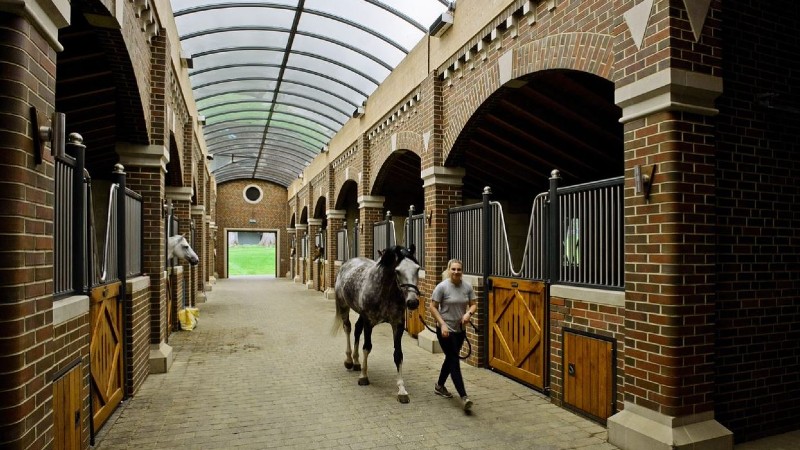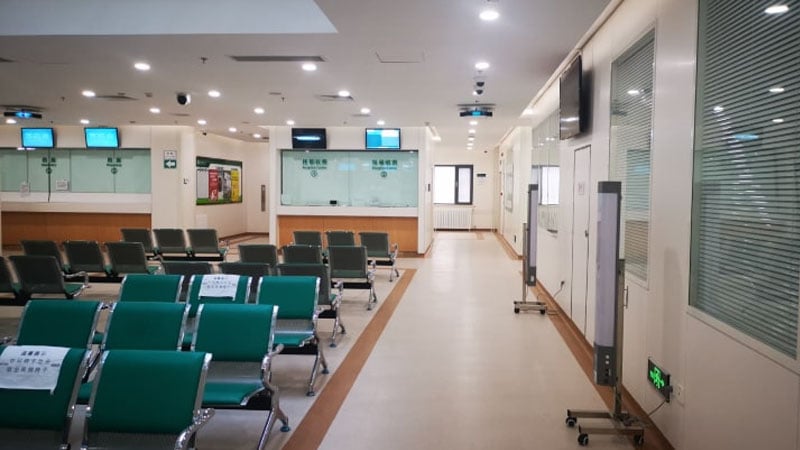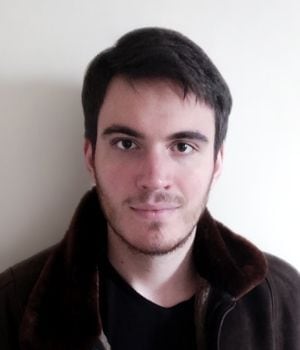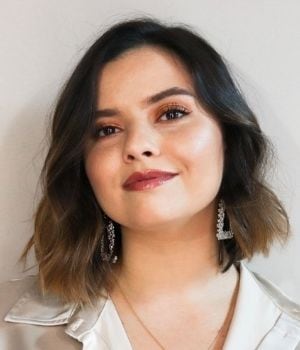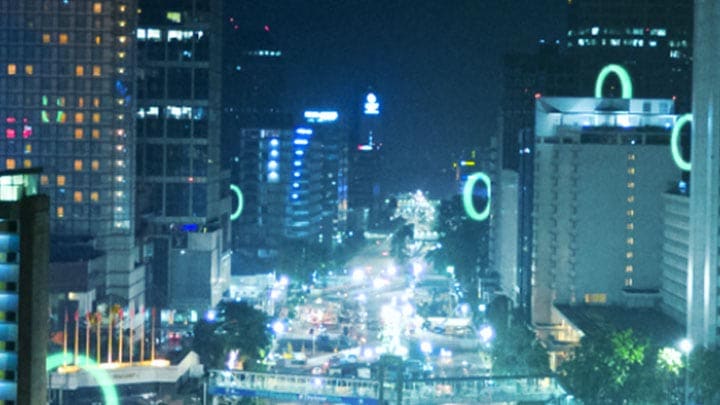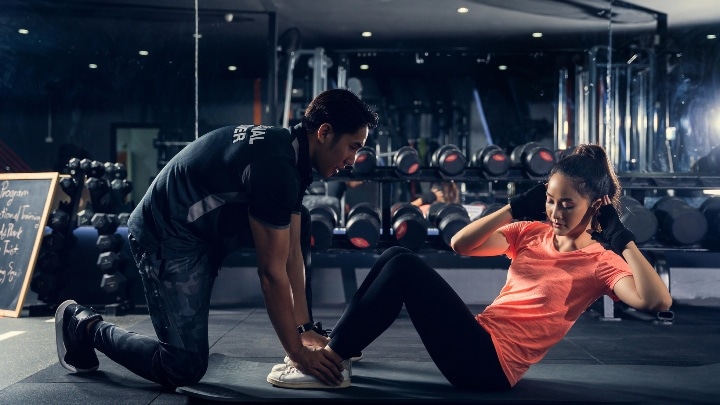September 21, 2021
If there’s one thing this pandemic has taught us, it’s the importance of minimizing the threat of harmful pathogens – no matter where we are or what we’re doing. The following case studies illustrate the flexibility of UV-C disinfection upper air luminaires to do this with people and animals present in the room.
UV-C light is a powerful disinfectant with an impressive track record in breaking down the DNA and RNA of viruses and bacteria1. Research conducted at the National Emerging Infectious Diseases Laboratories (NEIDL) at Boston University proved the effectiveness of Signify’s UV-C light sources in inactivating SARS-CoV-2, the virus causing COVID-19, on surfaces2. Further research by NEIDL into their effectiveness revealed that the UK Kent and South African variants of the virus were also susceptible to inactivation by UV-C light. This bodes well for hopes that it will effectively inactivate future variants of the virus.
Furthermore, recent research by Innovative Bioanalysis also proved the efficacy or Philips UV-C disinfection upper air luminaires. It revealed that they inactivated 99.99% of SARS-CoV-2 virus in the air of a room within 10 minutes, while at 20 minutes, the virus was below detectable levels3.
UV-C disinfection upper air luminaires can unobtrusively disinfect the air of a room while people are present. This makes it ideally suitable to help combat all manner of airborne viruses and spores. Given that the SARS-CoV-2 virus is largely transmitted through aerosols, such upper air luminaires have found favor in applications as diverse as disinfecting the air in the changing rooms of top flight football clubs to helping to protect theater goers by disinfecting the air in theaters. Indeed, the range of applications for UV-C disinfection seems to grow weekly. Here are some recent examples.
UV-C in the saddle
The United Kingdom is arguably the global center of equine breeding. The Bourne Hill Stables in Sussex is home to some of the best thoroughbred horses in the competitive field. As such, it’s crucial to keep the horses healthy and ready to compete. This is where additional risk mitigation measures against viruses and bacteria come in. When a disease risk arises, such as the outbreak of the neurological form of equine virus (EHV-1) or equine flu, horses must go into isolation and can no longer compete until a negative test is provided, hence the need for preventative measures to stop contagion.
